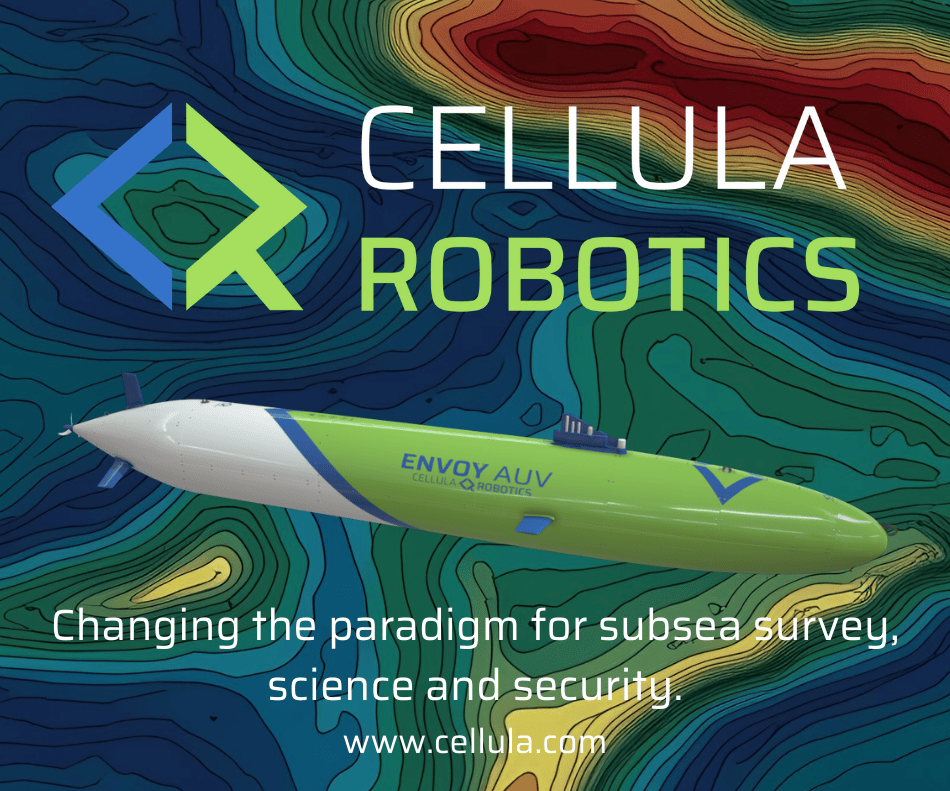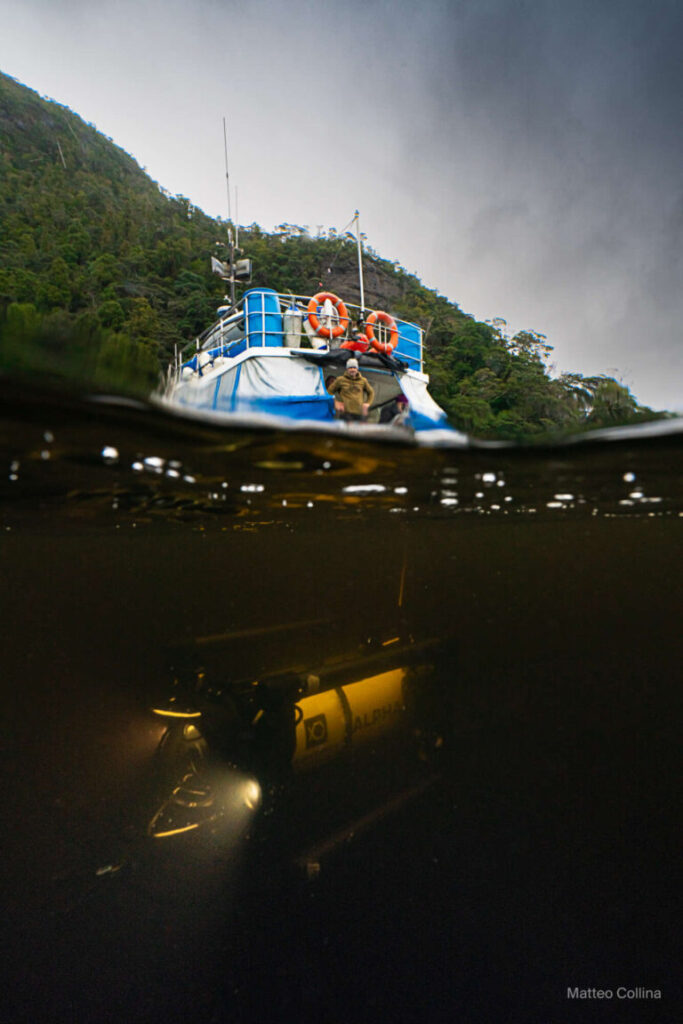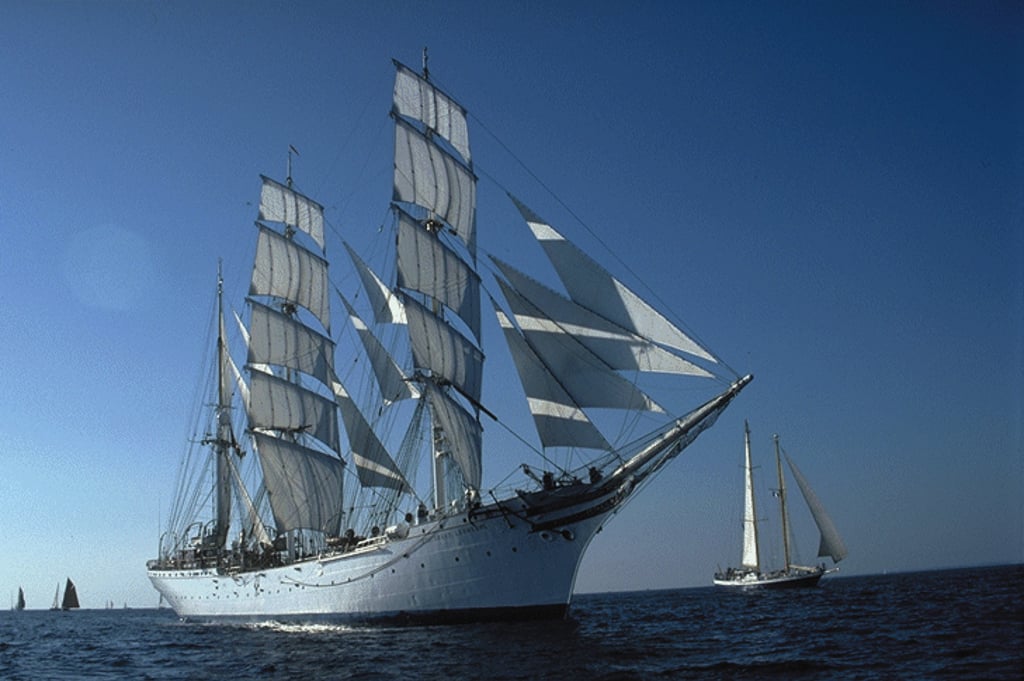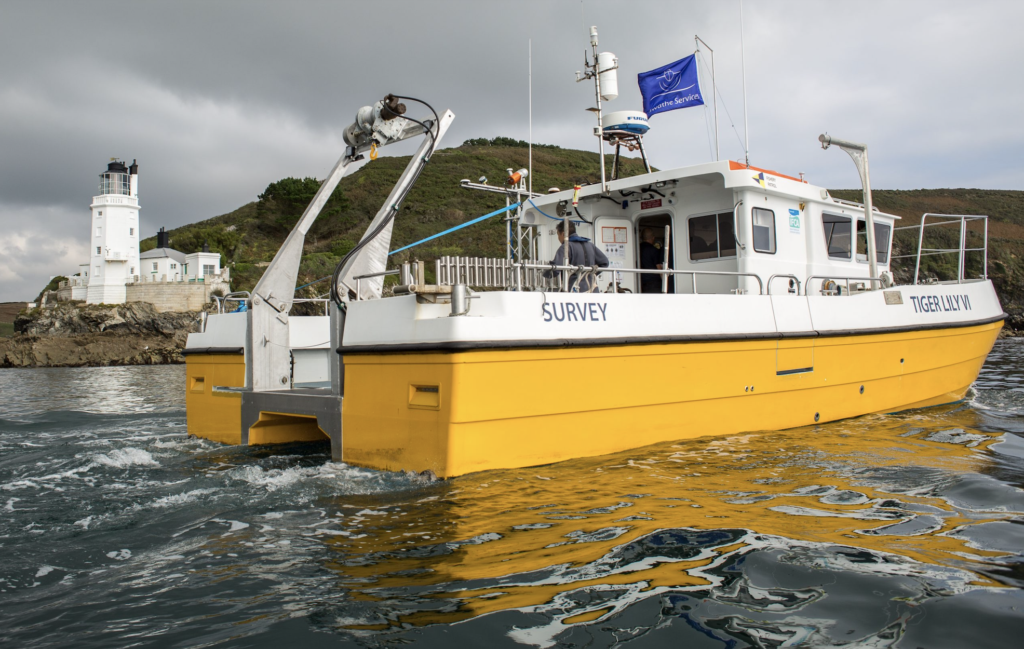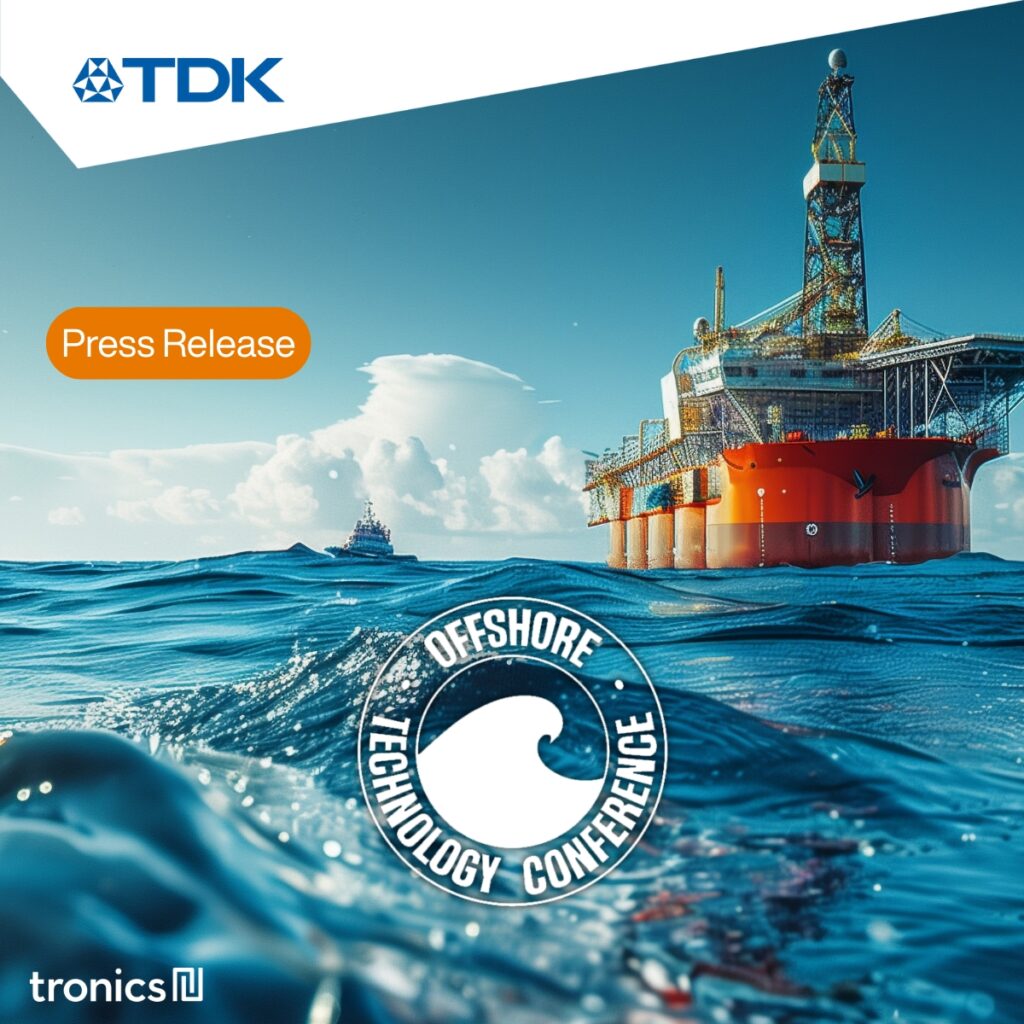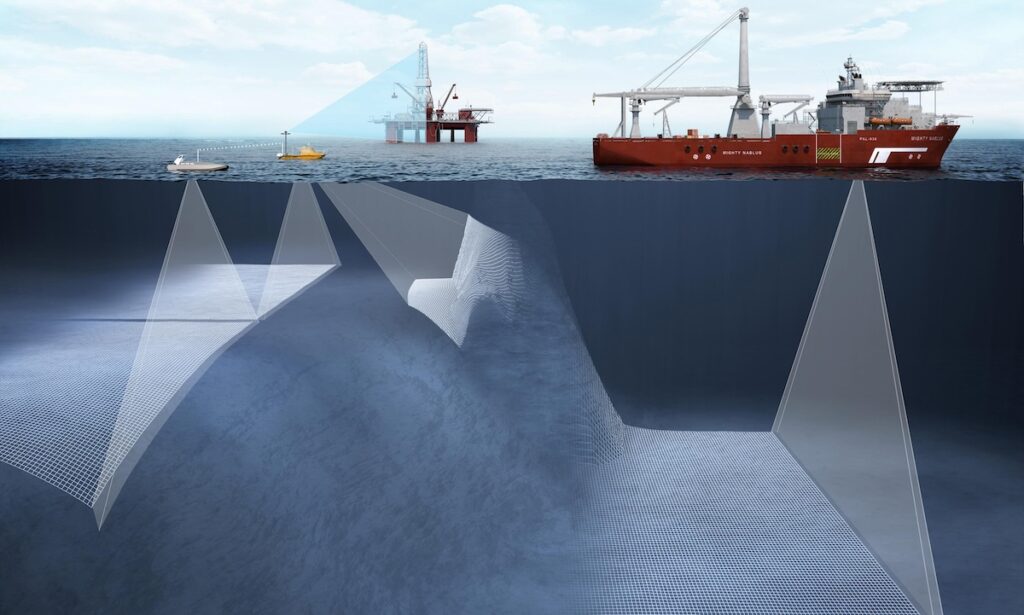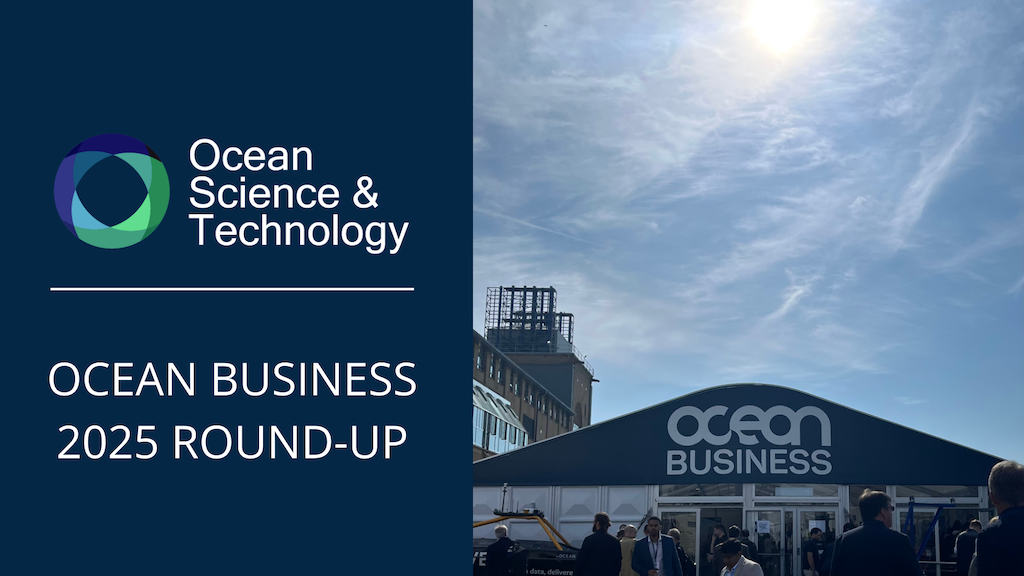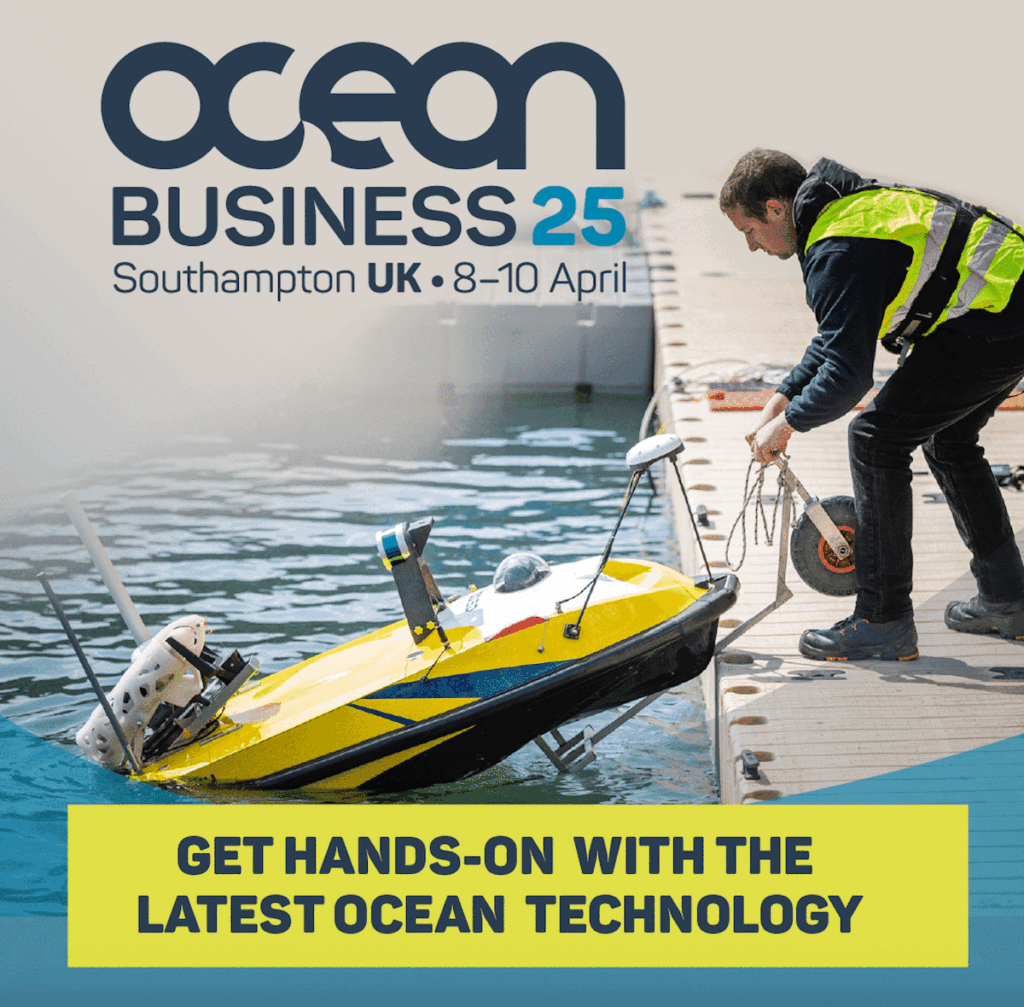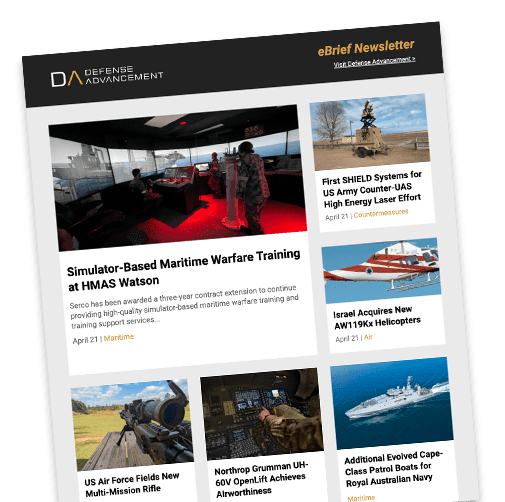
Submersible Data Loggers
Discover cutting-edge solutions from leading global suppliers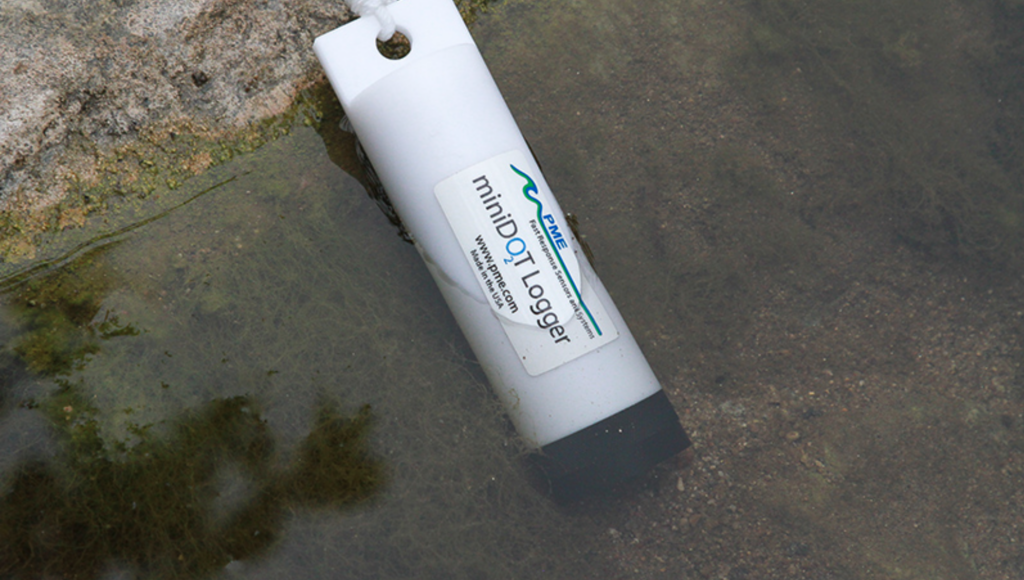
The Precision Measurement Engineering (PME) miniDOT Logger is now verified to reach measurable depths of 300 meters; tripling the device’s original logging limits of 100 meters.
Verified by third-party and in-house testing, PME has successfully increased the miniDOT Logger range allowing researchers to expand deployments and increase measurable data as needed to generate the most accurate data.
PME began reevaluating the miniDOT Logger’s capacity when researchers utilizing the miniDOT Logger in numerous projects reported successfully deploying the device at depths in excess of 100 meters. Recorded data confirmed accuracy beyond the guaranteed limit, so with the goal of expanding product functions for our researchers and the industry, PME began the necessary product testing to confirm greater logging range to benefit researchers worldwide.
Since launching the miniDOT Logger in 2009, testing processes and procedures have advanced and provide a better understanding of product capabilities. With a combination of researcher feedback and product testing advancements, the miniDOT Logger successfully increased logging depths to 300 meters without altering its structural design or curtailing its monitoring capabilities.
Both third-party and in-house testing was conducted to verify the miniDOT Logger would provide consistent measurements beyond 100 meters. A third-party, privately held design and manufacturing company that focuses on advancing technology to be used in the harshest environments was selected to conduct the initial and subsequent pressure tests.
Three miniDOT Loggers were placed in a pressure chamber at varying starting and ending pressures for a variety of durations. Testing to discern the miniDOT Logger’s upper depth limit was completed to establish a baseline limitation to guide further testing. A second round of third-party testing launched additional miniDOT Loggers and verified the success of 300-meter deployments while maintaining structural integrity.
The miniDOT Loggers were inspected, internally and externally by the PME engineering team to ensure neither outside housing elements nor inner components were compromised. Further evaluation steps showed no physical damage or leakage occurred during deployments of 300 meters. The final assessment indicated the loggers did not undergo any structural changes, therefore confirming current users can deploy their device at 300 meters without having to purchase another.
Increasing measuring capacity to 300 meters, the miniDOT Logger has expanded its product functions to reach numerous industry segments in both fresh and seawater. Furthering its logging range, the miniDOT Logger has proven beneficial in research studies such as dead zone tracking, thermocline occurrences, temperature stratification and ocean mixing, algae blooms and more. By expanding research applications through increased depths, the miniDOT Logger will continue to assist researchers to complete work that positively impacts our planet.
“PME’s mission is to provide researchers worldwide with affordable and reliable water quality monitoring devices to help define industry problems. We are excited to serve even more researchers and their efforts by increasing the miniDOT Logger depths,” Kristin Elliott, PME CEO.
Find suppliers & manufacturers of Data Loggers for Oceanography >>


